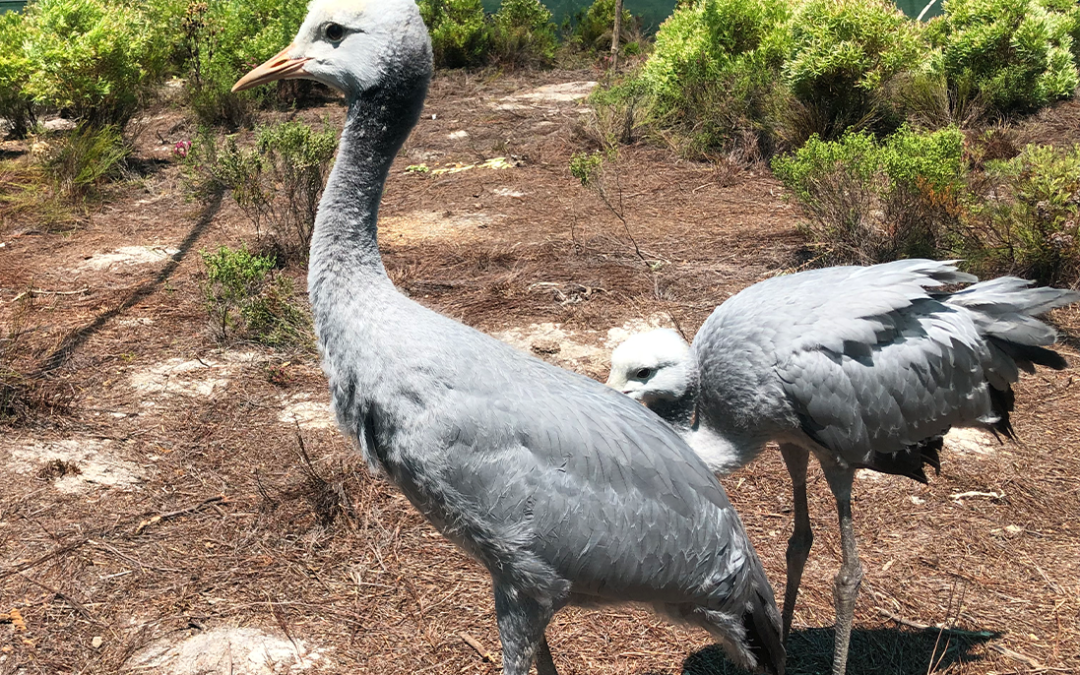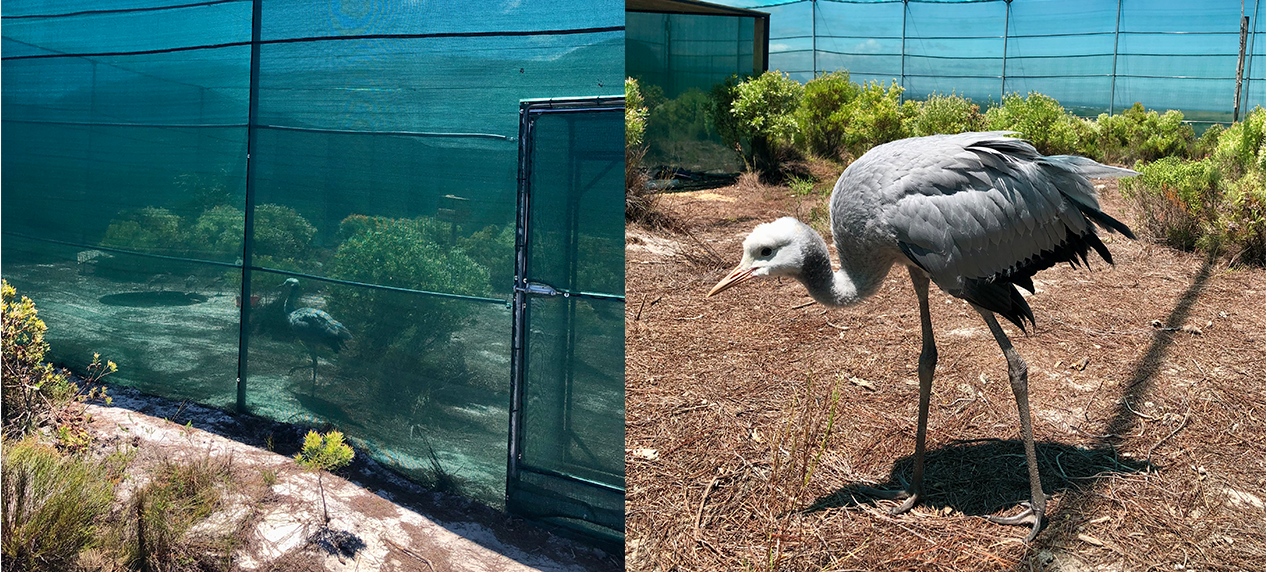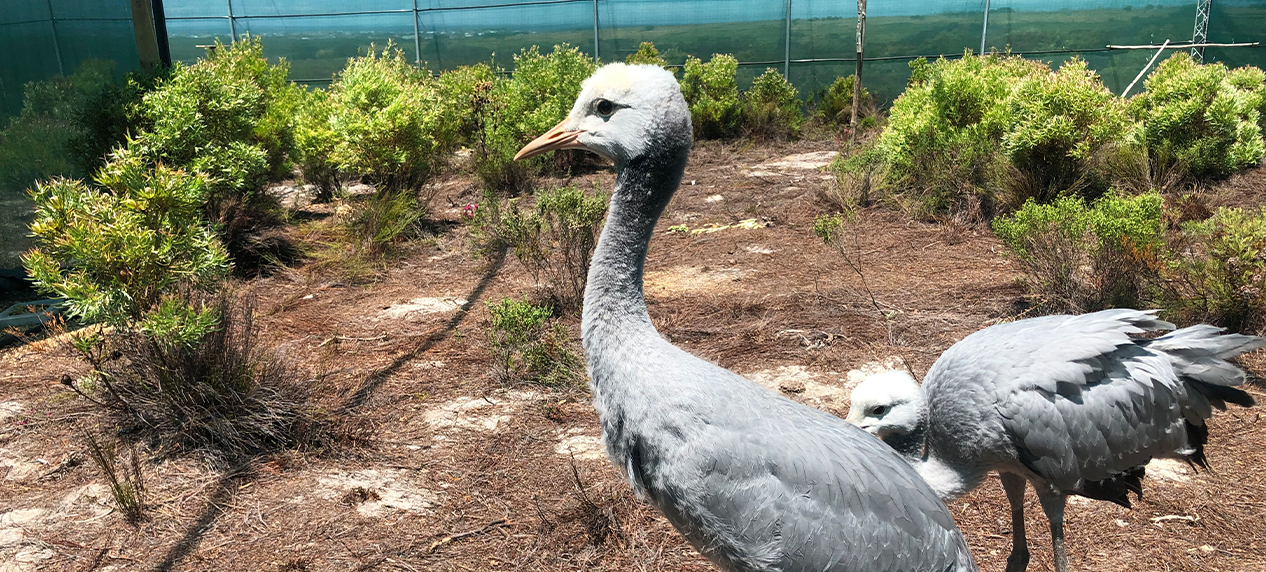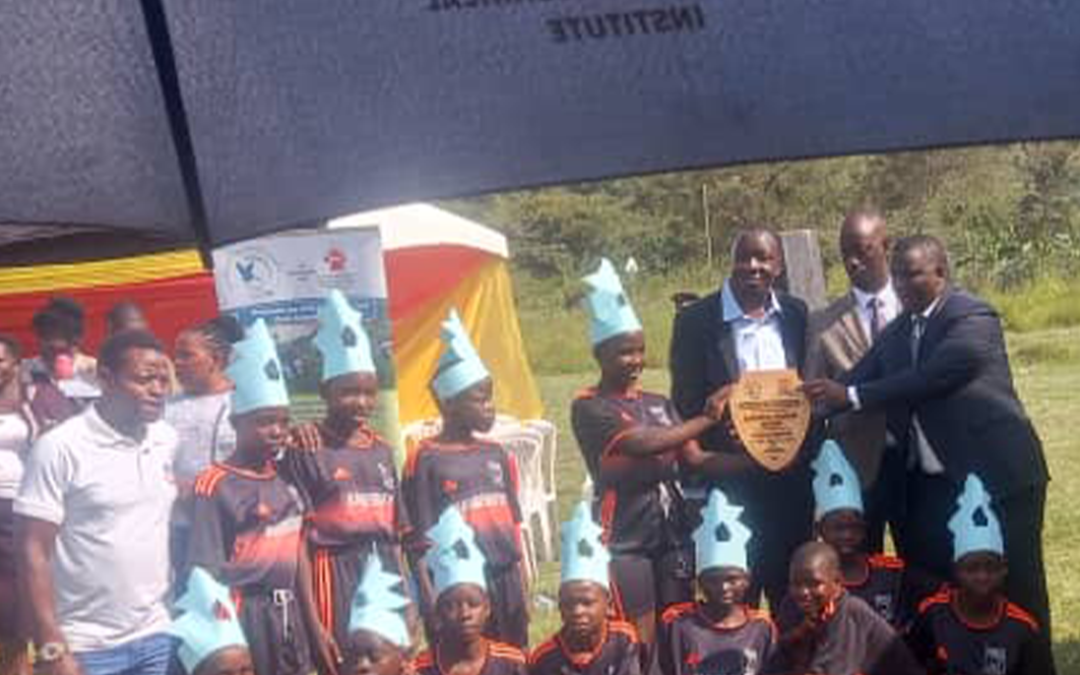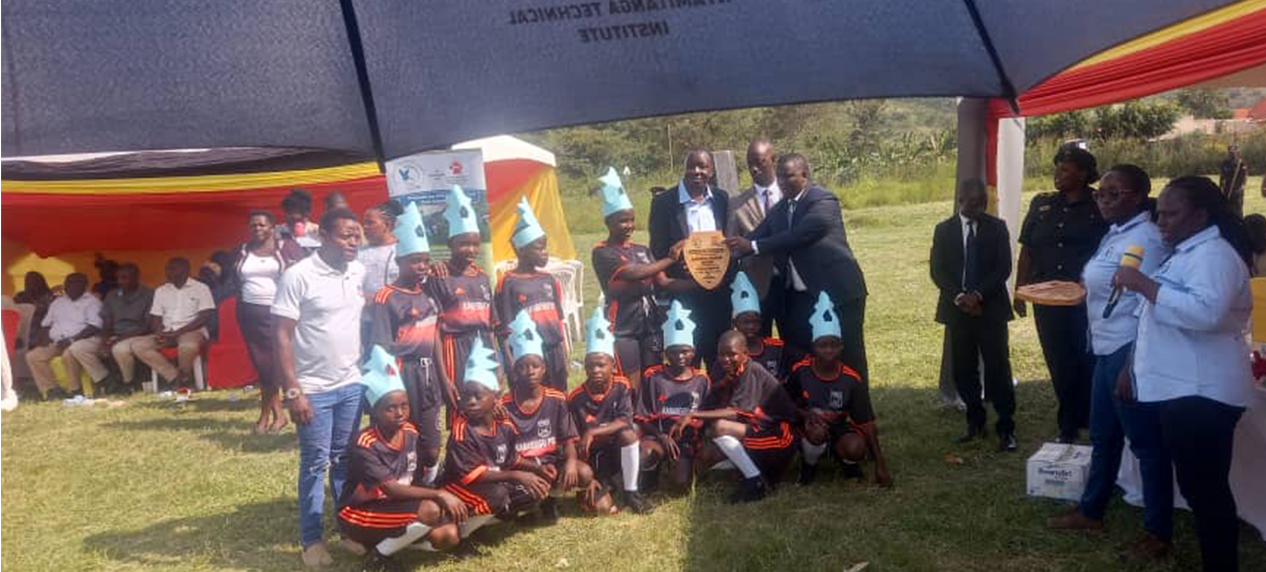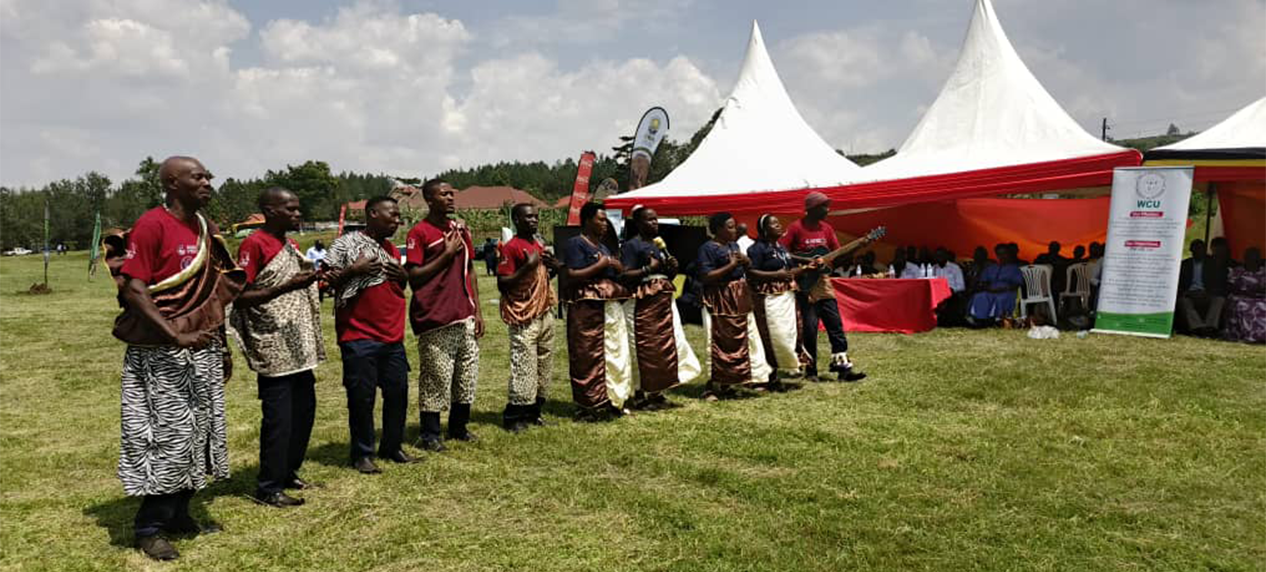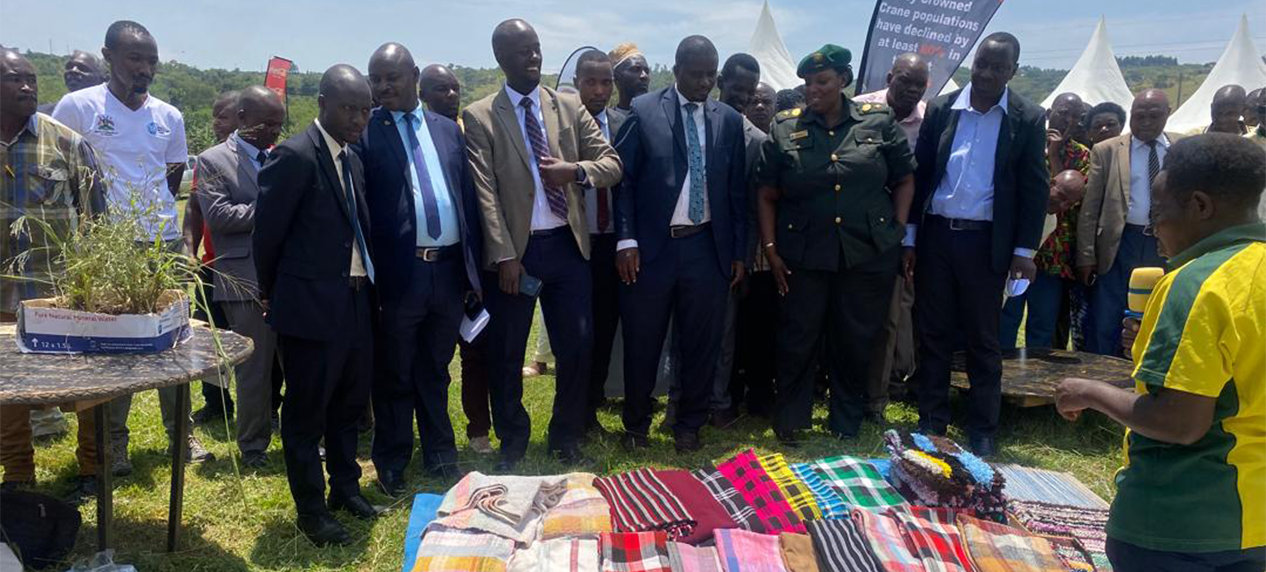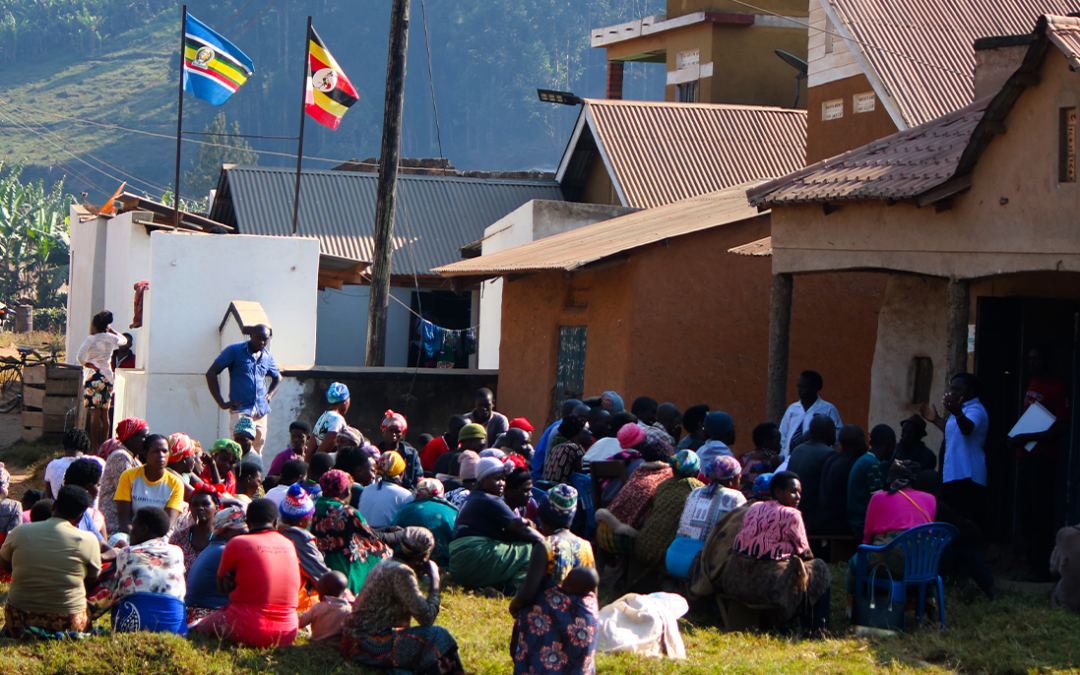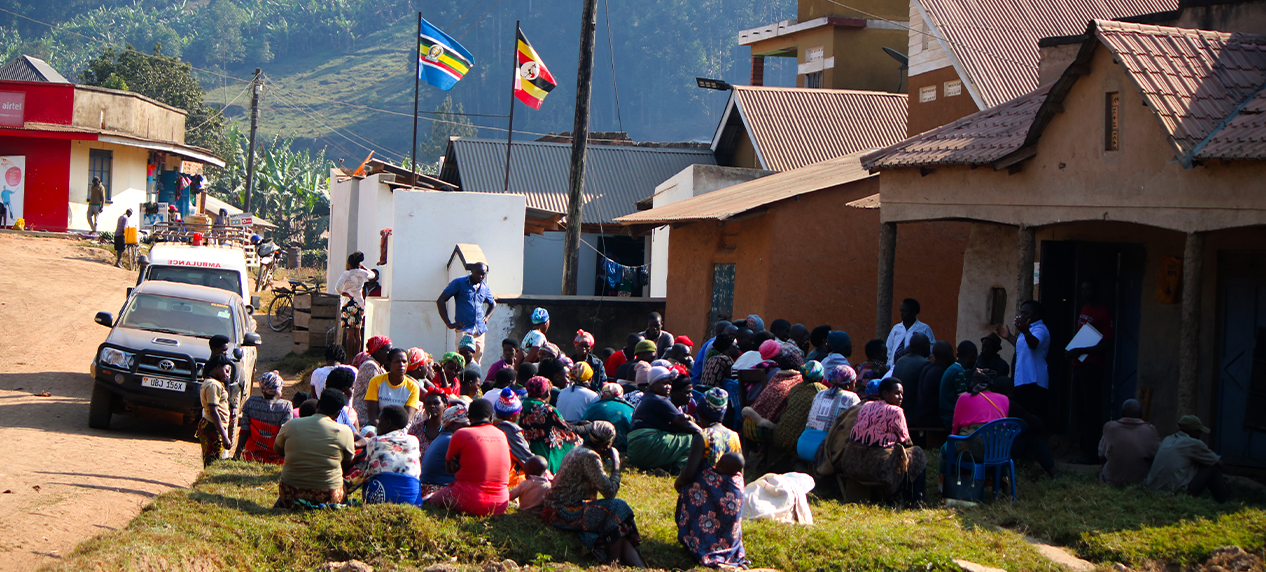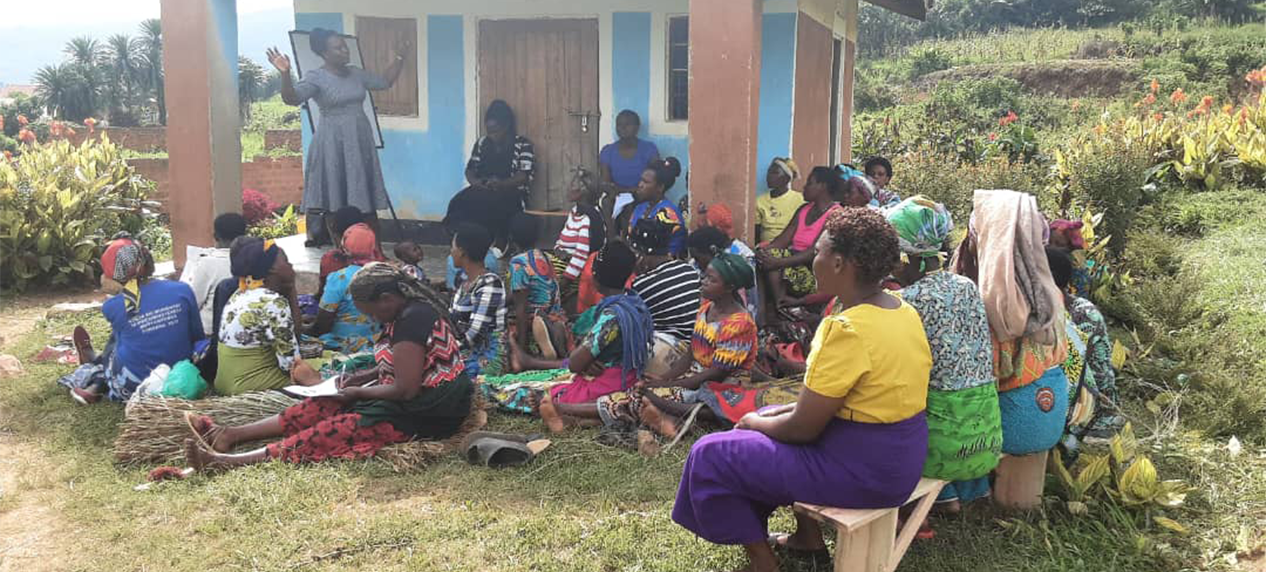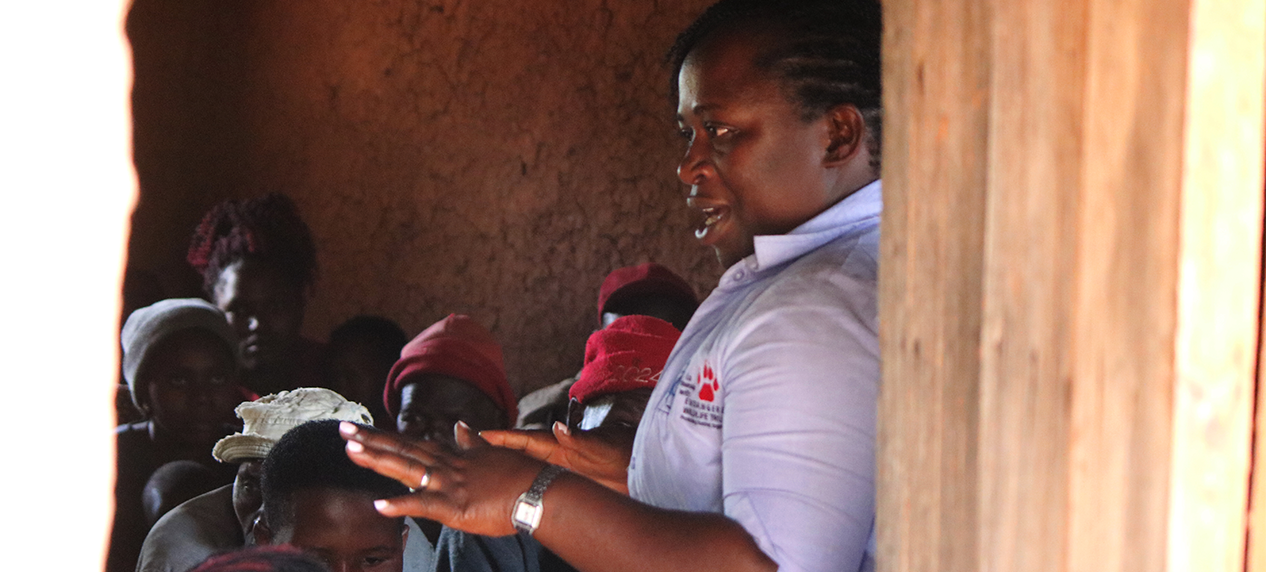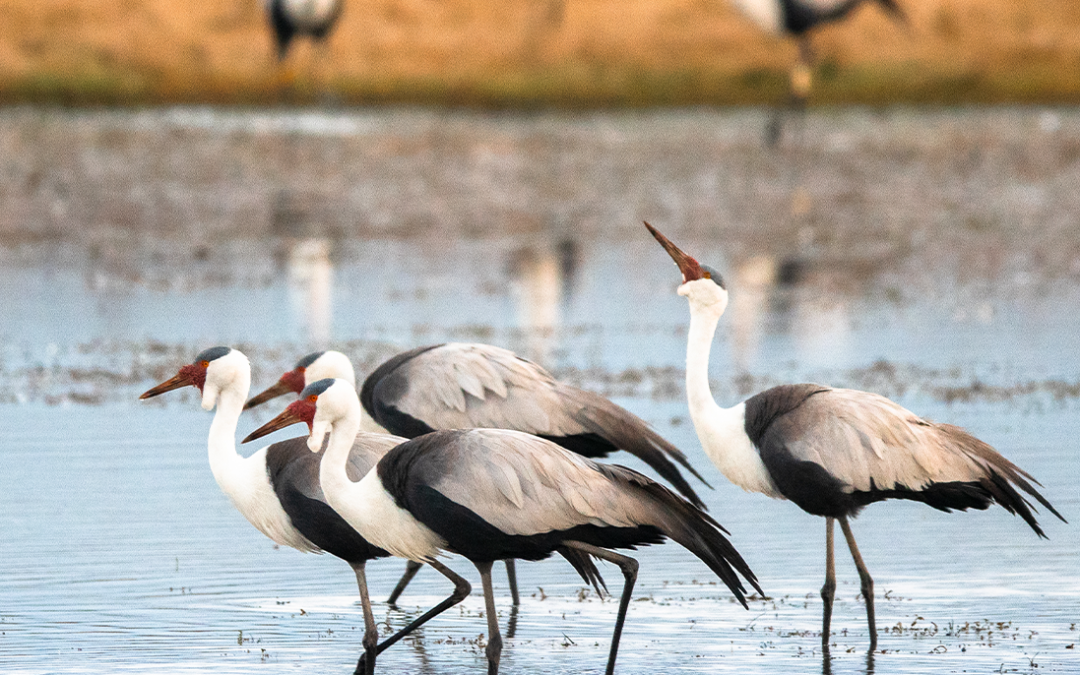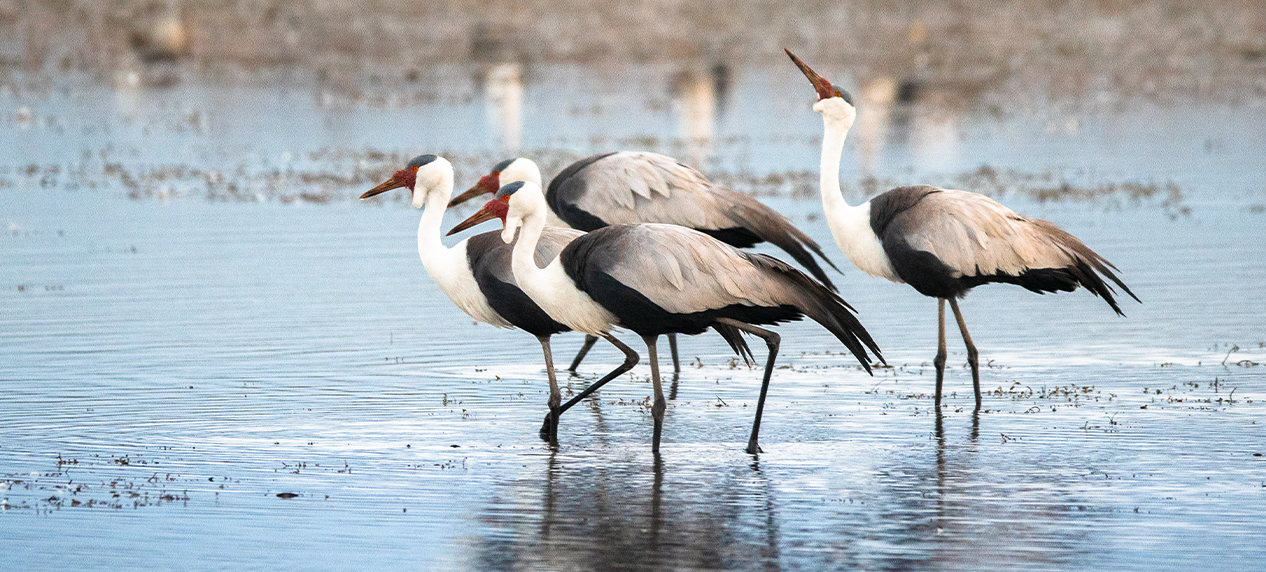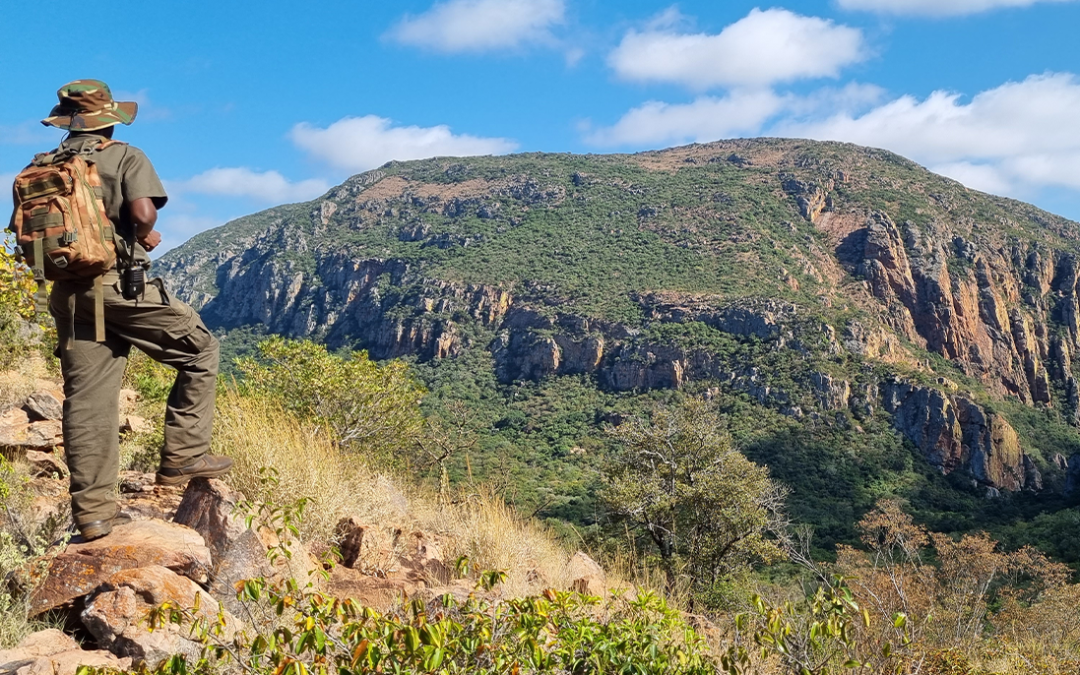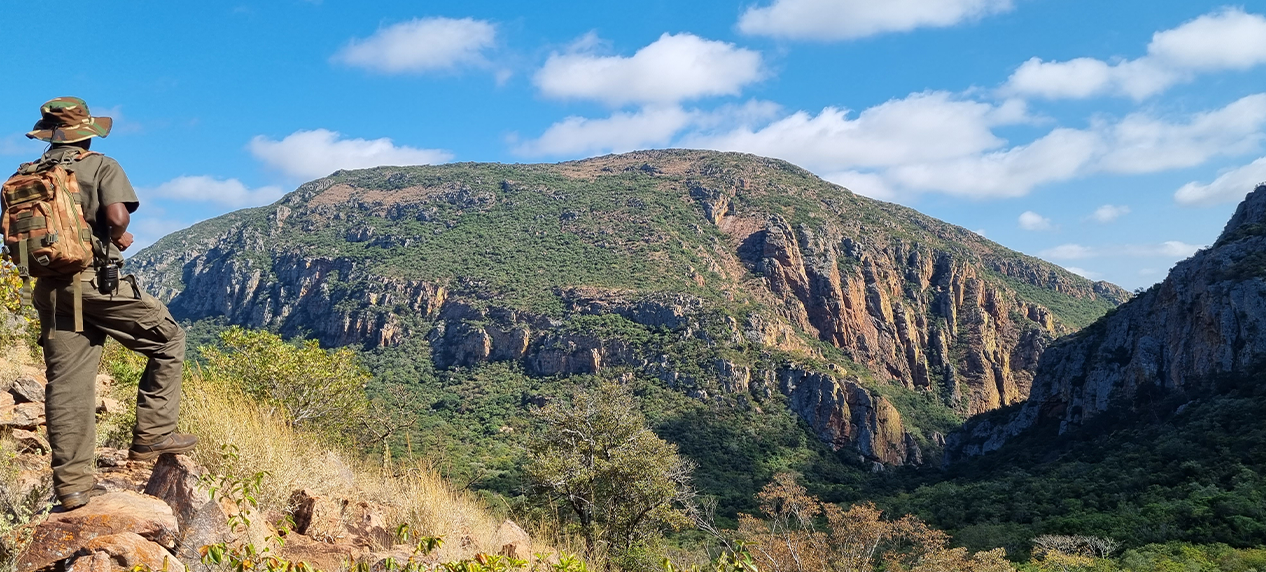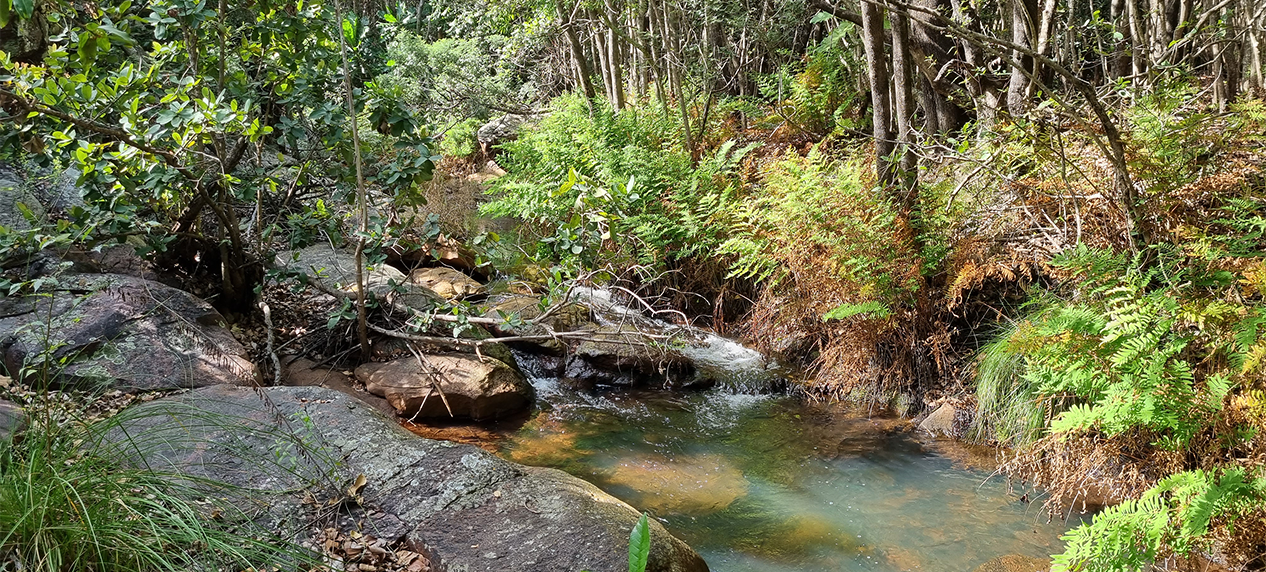Seven years in the making, the WSNR was finally declared in January 2025, including eight landowners, 14 properties of 11 607 hectares in extent. The Soutpansberg boasts the highest plant diversity at the family level in South Africa. Because of its high plant diversity and endemism, coupled with the fact that it hosts at least 16 endemic reptile species and its high variety of other species, such as spiders and butterflies, the conservation of this area is among the most significant conservation steps in recent years.
This brand-new reserve encompasses a Centre of Endemism, a recognised Key Biodiversity Area, a Strategic Groundwater Source Area, and an expansive Critical Biodiversity Area in the Limpopo Conservation Plan.
The Soutpansberg Mountains are home to an impressive 593 tree species, five different biomes (wetland, forest, savanna, grassland, thicket) and even have fynbos elements. They also house multiple sacred sites, rock art and other archaeological sites, and are important for cultural heritage, with many communities celebrating their vibrant traditions in the region to this day.
Also known as the forgotten mountain, the Soutpansberg contains numerous microclimates, ranging from tropical in the east to semi-arid in the northwest, contributing extensively to its varied and unique biodiversity. But it is an area that faces numerous threats ranging from agriculture and urbanisation to other threats such as unsustainable harvesting of species, snaring, poaching and the lack of fire management on the western end of the mountain.
Amid these challenges, several landowners started working on their own initiative to develop a nature reserve. In 2018, the EWT came on board by purchasing the Medike Reserve with the aim of creating a larger conservation area, and becoming the driver of a project that would ultimately result in the declaration of the Western Soutpansberg Nature Reserve. In partnership with the Limpopo Department of Economic Development, Environment and Tourism (LEDET), Ndlovu de Villiers Attorneys, Conservation Outcomes and ZZ2, the EWT published an Intent to Declare a Nature Reserve in the National Gazette in December 2021.
The declaration of the Western Soutpansberg Nature Reserve in Limpopo in January contributes towards South Africa’s commitment to the Convention on Biological Diversity’s initiative to have 30% of land and 30% of ocean conserved by 2030.
Management
The Western Soutpansberg Nature Reserve Association (WSNRA) is the reserve’s management authority. It is a voluntary association for landowners committed to managing their properties as a nature reserve, as part of a collective. Each landowner is a member of the WSNRA and manages their property/ies within the approved WSNR Framework Management Plan, with activities including the management of invasive alien plants, local community engagement projects, environmental education and women’s health workshops in local villages. The EWT and WSNRA are undertaking initiatives that include combating bush encroachment, fire management, invasive species management and the development of eco-tourism initiatives, including the Old Salt Trail, which offers hiking enthusiasts one of the best ways to explore the newly declared nature reserve, and showcases why the Soutpansberg is so special.
The EWT’s alien invasive species removal project has created 20 job opportunities for members of the local community over the years, who have also been trained in health and safety skills and chainsaw operation. Rangers, who have also been trained as field guides, assist with snare removals, anti-poaching patrols and maintenance at the Medike reserve, while hospitality staff and general workers are employed on other properties. As the nature reserve becomes more popular, more employment opportunities will be created.
In working with local communities, the EWT is assisting with the conservation education of young people at primary school level, developing learning materials for schools, and is working with local farmers on agricultural projects that are sustainable and environmentally friendly. Landowners have also become involved in the Sport for Nature initiative in the area, providing equipment where needed.
Through the nature reserve, the aim is to uplift and involve the community as much as possible, to support the conservation and management of the protected area with inclusion of everybody. This project is just as important for local communities as it is for conservation.
The future
Work is underway in collaboration with LEDET to expand the reserve by 20,000 ha this year, as part of the EWT’s aim to create a protected area in the Soutpansberg Mountains of 50,000 ha by 2030.
The Western Soutpansberg Nature Reserve fits into a critical corridor that links the Soutpansberg Mountains to the Mapungubwe National Park and the Kruger National Park. This corridor connects high biodiversity areas that, through a declared corridor, can maintain the rich and endemic biodiversity integrity of the region. This longer-term vision fits in with the SANParks Vision 2040 for the Vhembe and Limpopo Valley landscape, creating a lot of room for this area to become a Biodiversity Economy node in South Africa.
